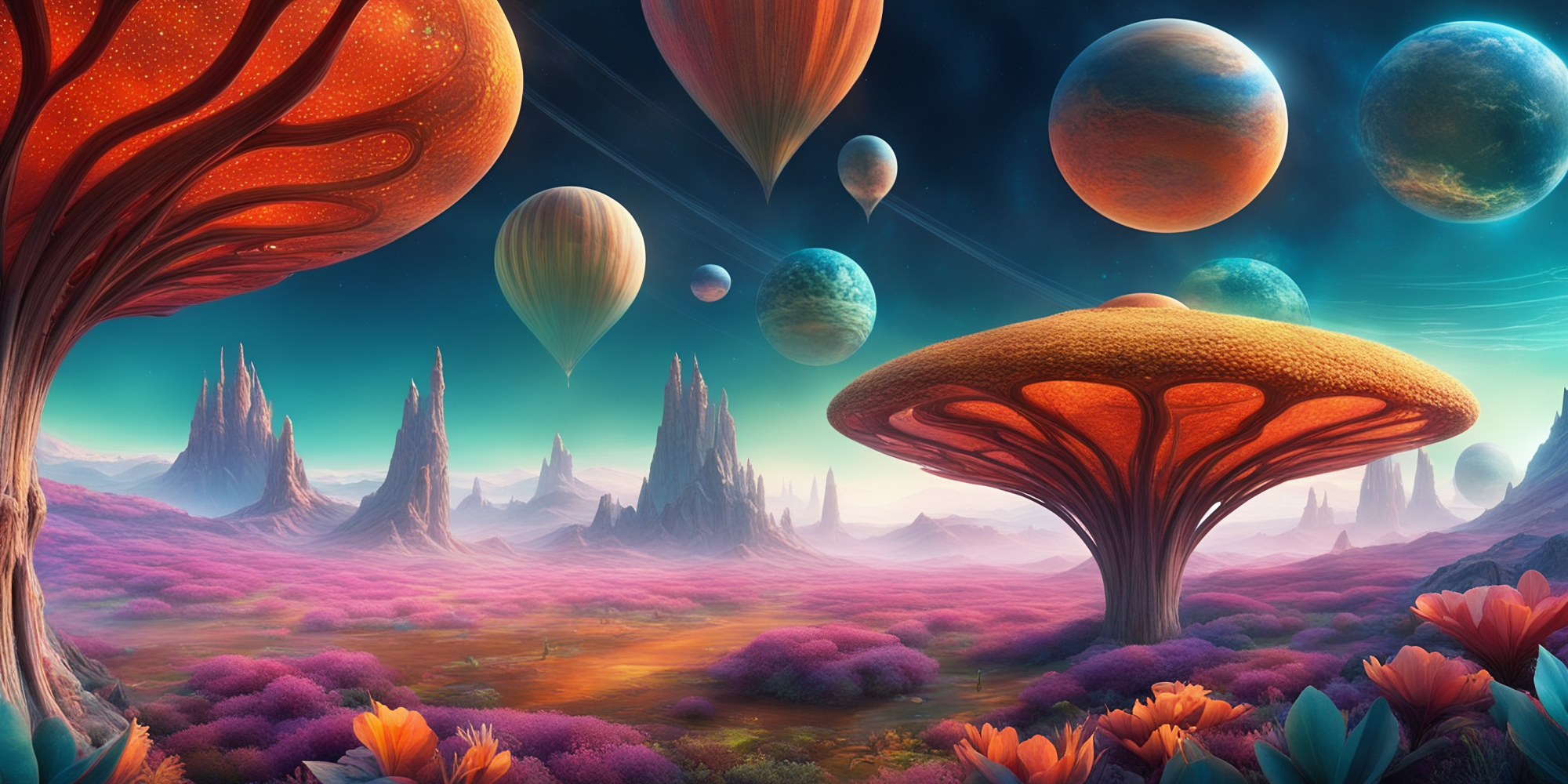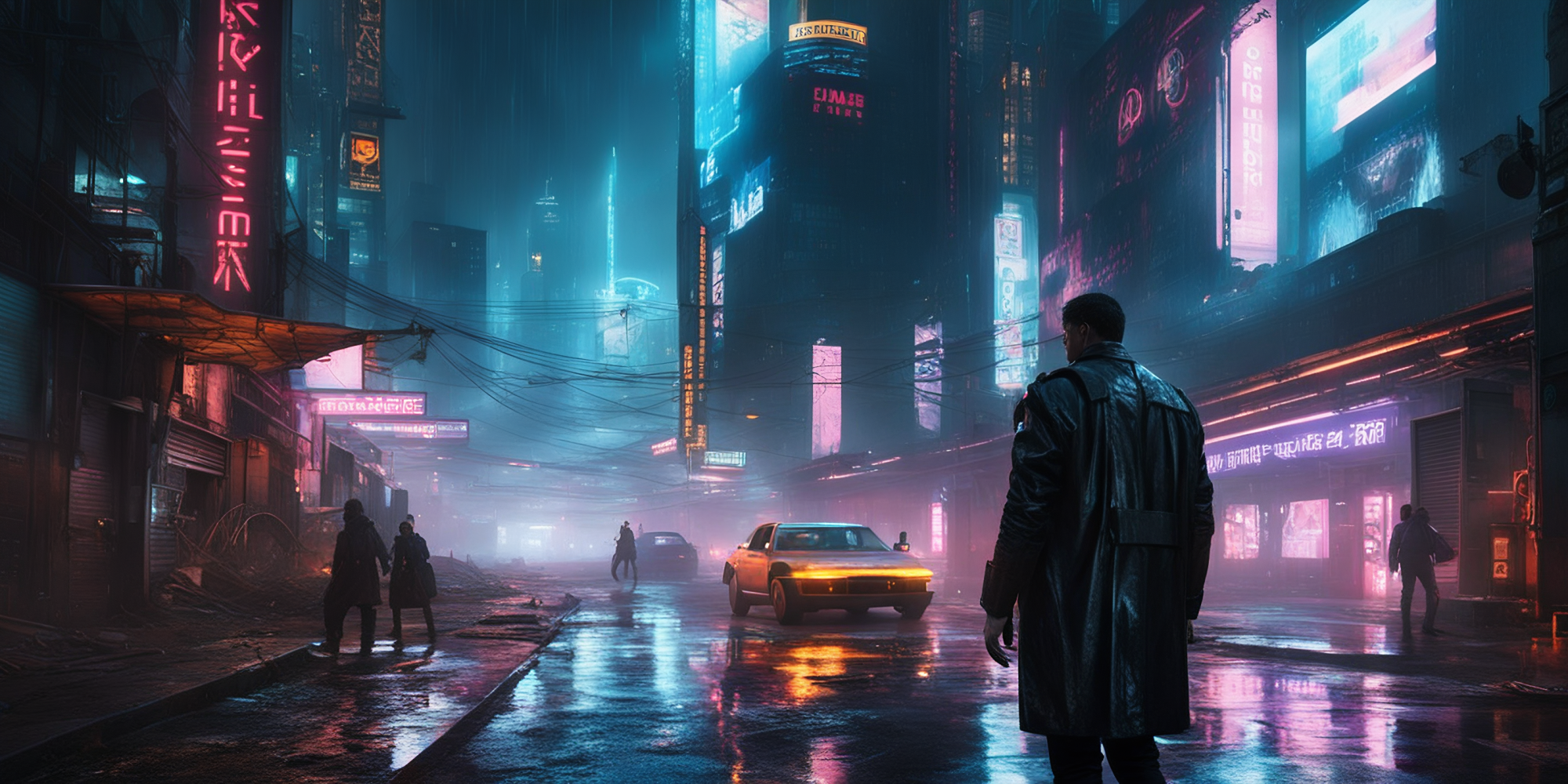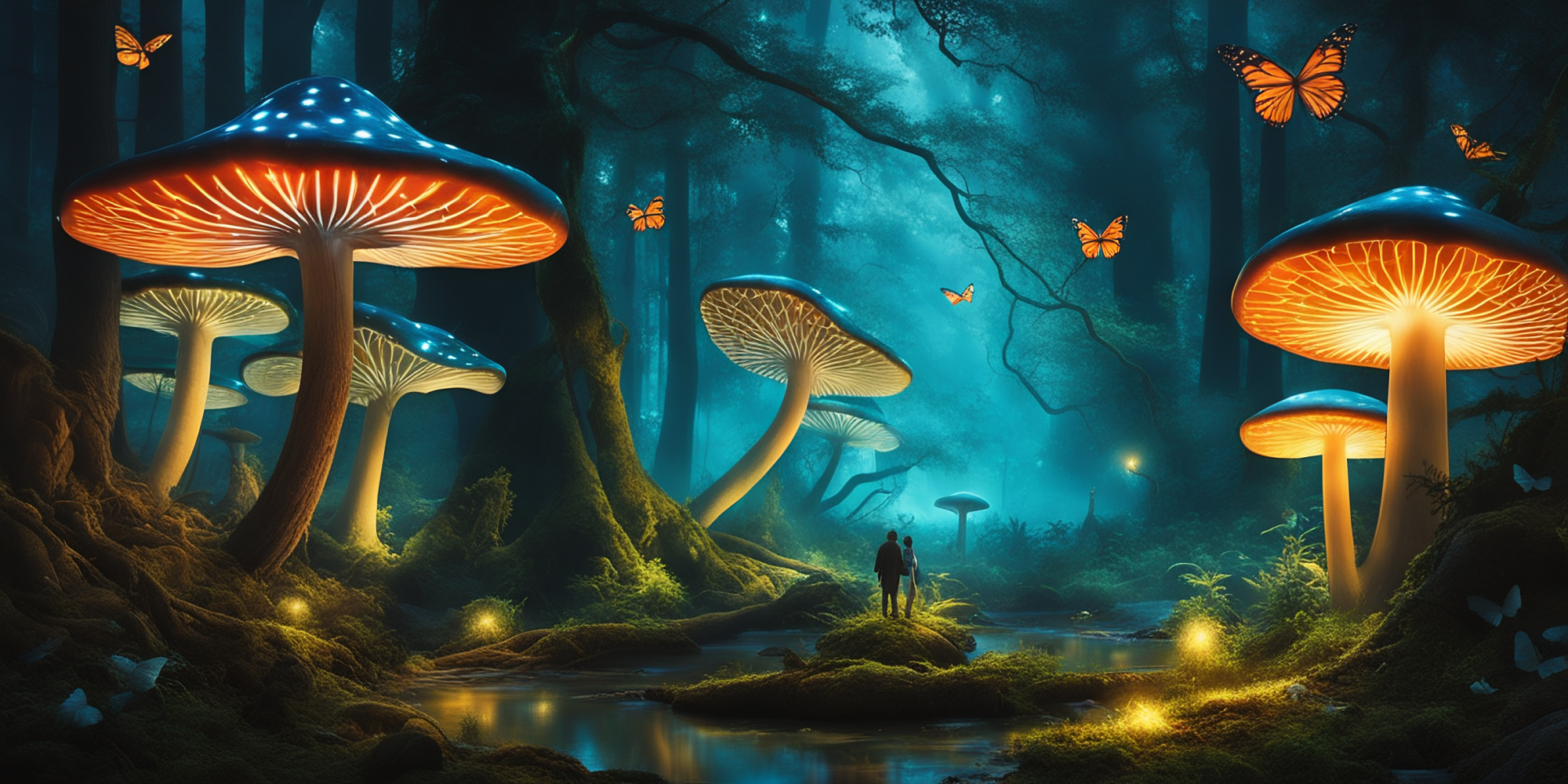11 Tips for Optimizing AI Art Prompts to Generate Images with Deep-image.ai

The emergence of generative Artificial Intelligence (AI) art applications has revolutionized the art world, streamlining creative processes like ideation, designing mockups, and editing.
While these applications have immense potential, the key to unlocking their full capabilities lies in crafting effective AI art prompts. In this article, we'll delve into essential tips for optimizing your AI art prompts, ensuring you get the best results when using image generators like Deep-image.ai.
1. Define Your Vision
Start by clearly defining your vision for the image. If you aim to depict a city sunset, use a concise and descriptive prompt like "sunset over skyline." This serves as the foundation for guiding the AI tool.
2. Nail Your Art Style
Guide the AI towards your desired art style by incorporating style-related keywords. For example, if you want a watercolor-style city skyline sunset, refine your prompt to "sunset over skyline, watercolor style."

3. Add Extra Details
Enhance your prompt by adding specific details. For a cityscape, consider factors like the presence of mountains or a specific skyline arrangement. These details refine your prompt and guide the AI more effectively.
4. Keep It Simple
Avoid overly complex prompts as they can confuse AI generators. Focus on brevity and clarity to achieve more predictable and desired results in your generated images.
5. Experiment and Iterate
Don't settle for the first result. Experiment with variations in your prompts, tweaking structure, words, and length to observe their impact on the AI's output. Iteration is key to refining your prompts.

6. Understand AI Art Prompts
Comprehend the capabilities of the AI apps you use, understanding their training data sources and the language they respond to. Align your prompts with the language of visual artists to ensure better results.
7. Know the Components
Construct prompts with lists of phrases and keywords separated by commas. This format simplifies communication with the AI generator, facilitating more effective translation of your vision into the final image.
8. Tailor Prompts for Specific Styles
Specify the art style you desire in your prompts, whether it's surrealism, impressionism, or a particular artist's style. This customization ensures the AI draws inspiration from the right sources.

9. Experiment with Text and Image Prompts
Engage in experimentation to understand how different words impact the image output. Try various descriptive texts to observe their influence on the generated images.
10. Use Prompt Engineering for Quality Results
Explore prompt engineering, refining your text input to tailor the AI's output further. Leverage additional features offered by AI applications to modify aspects like aspect ratio, chaos, quality, and style.
11. Incorporate AI Tools in Artistic Workflows
Integrate AI generators into your artistic workflow to overcome creative blocks and streamline idea development. Use AI images as starting points for your creative process, and explore advanced features like image extension and recoloring.

Conclusion
Optimizing your AI art prompts requires a blend of creativity and technical understanding. As AI algorithms evolve, continue experimenting with new features and tools, like Deep-image.ai, to stay at the forefront of AI artistry.
Embrace the transformative power of AI in digital art and showcase your skills on platforms like Upwork's AI artist freelance marketplace. Stay ahead of the curve and continue pushing the boundaries of AI art for remarkable results.
